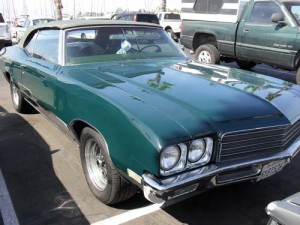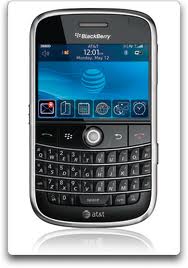Creative by the pound.
Paul Ottellini is stepping down as Intel’s CEO in May. Implicit in the announcement was the notion that his leadership did not evolve or lead Intel into the mobile device age. It seems Intel is no longer inside the hand candy owned by nearly every man, woman and child in America and the ROW (rest of world). This announcement and an article on the transformation of education thanks to MOOCS (massive open online courses) got me thinking about the fate of ad agencies and whether they are evolving with the times.
Let’s face it, it’s sad but true, outside of the third world humanity’s purpose on planet earth is “buy stuff.” That’s why we go to school, work and pay taxes. Advertising used to be about pushing product and product preference on would-be consumers, but today consumers are wound up and ready to buy, so marketers aren’t as much interested in creating demand as they are in predisposing consumers toward their products. The web is the big pre-disposer. Broadcast and print are still great tools, yet these days they’re mere sign posts. The real selling takes place after the ad. Agencies that sell creative by the pound are not seeing this — the total picture. It’s great to have top reputation for creativity, though it is better to have a full understanding of modern marketing: brand planning, lifecycle, loyalty, aftercare, twitch points, insouciance, and timing. Honestly, not many shops have this view.
Great creative is a price of entry for ad agencies but the web has changed marketing. Moving the desks around, being media-agnostic and practicing all sorts of other marko-babble are not going to fix the profitability and value of the ad agency business. It needs a new box.
Mr. Ottellini didn’t change the box. IPG’s Michael Roth isn’t going to do it. Tom Bedacarre would like to. Carl Johnson-ish. We need a savant. Peace!





